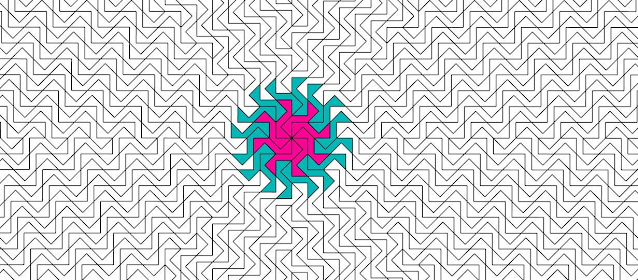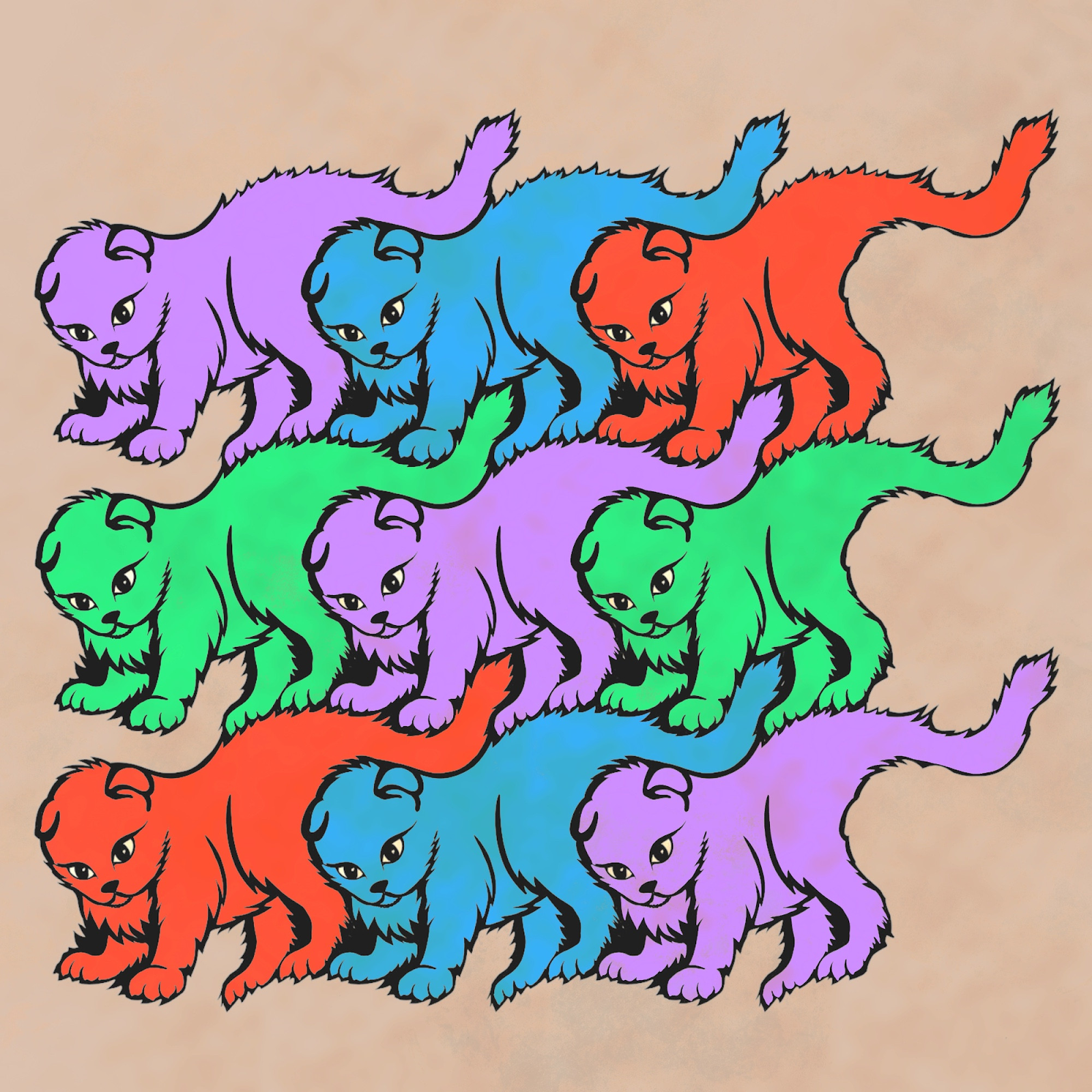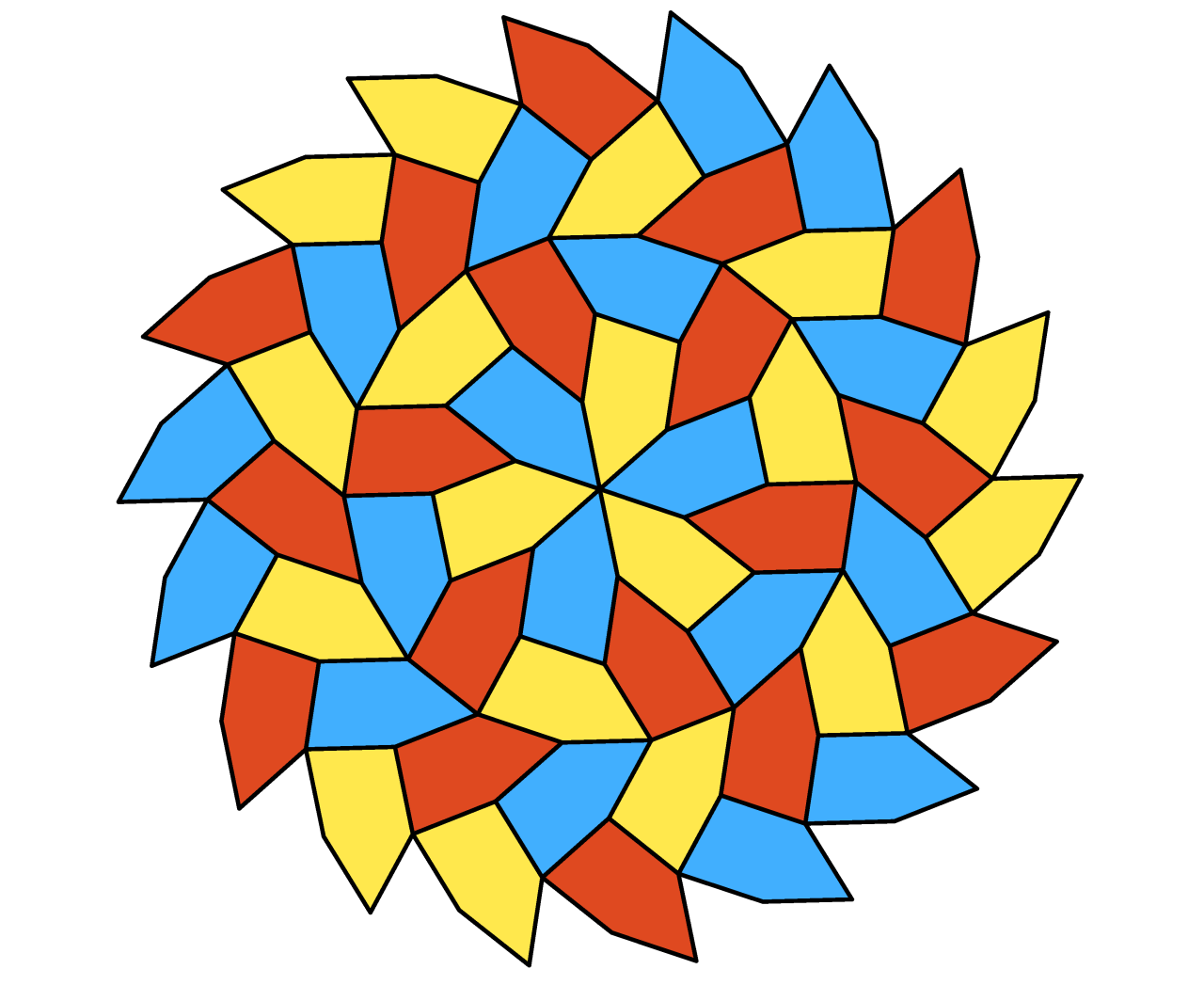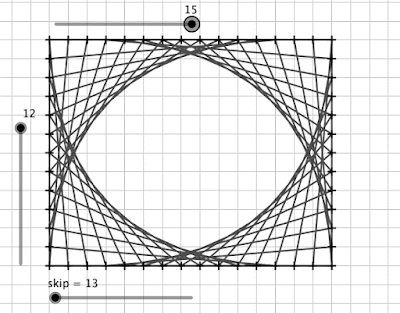
Illustration by Ysabela Golden
0/12
The sun is up, the door is open, the path beckons.
Jaxon sighed deeply.
They had a long way to go, and not starting the journey felt more free. They didn't have to go. Yet. But even one step, started the journey. They thought of the start as 0/12 of the way, for some reason. But it could be 0/1, 0/how many steps, 0/hours it will take. But as long as they didn't start, they could just not go. Once the journey was begun, it remained begun.
Jaxon stepped out of the door. It's begun! Some small measure past 0/12. Or maybe it was a big measure, as hard as it was to begin.
And then actually they did step back, because they had forgotten their water bottle. As usual. 3/7 times this week.
1/4
Smooth sailing, if sailing was walking. Hmm, if sailing was walking, their staff was the rudder? Their hat was the sail? "I guess there's a reason metaphors aren't allegories."
"I never met a 4 I didn't like."
"Hello!" said Jaxon, "have you met many fours?"
The ... cat? they wanted to say ... was on a branch overhead, and Jaxon never would have noticed them if they hadn't spoken, which was a good argument against catness as they had never met a talking cat. Or, if cats were generally capable of speech, a cat Jaxon had met had never spoken to them before. Maybe they had met many talking cats!
"Petit 4s, what 4s, where 4s... speaking of which, where 4 art thou?" asked the Cat?, "and who 4 art thou, as well?"
"Jaxon, I am, and I think I'm about a quarter of the way."
"Quarter master! Pleased to meet you."
"And you are? And are you a cat?"
"I am Checkershire. I'm not so much a cat as an obvious reference."
"A reference to -"
"A reference 4," Checkershire interupted. "I'm here 4 a question. Without an answer, I'm afraid you can not pass."
"Is that a threat?"
"It's more of a service. With an answer I'll open a sweet shortcut."
Hmm. "I'm not sure there are shortcuts on a journey."
"If you get where you're going, then the journey's done," Checkershire advised. "Are you game?"
"OK, I'll try."
"Trying is the start, young one. If you take my path, my compatriot awaits you a nickel short of half way. How far have you to go?"
"A nickel? 5? 5 less than half, so maybe 45?"
"Be that your answer?" the not cat asked.
"Just thinking out loud," Jaxon said. "But 45 what? Halfway sounds like a portion, so maybe I need an answer less than a half. A nickel is 5 cents, 5 hundredths of a dollar. So that's a twentieth."
"Is that your answer?"
"Just a waypoint! A twentieth less than a half, which is 10 twentieths, so 9 twentieths. Not my answer! Be 4 you ask." The creature which had started to ask, just smiled. "Give a person time to think. So 9/20 is possible, but I'm not starting from zero, well I did start from zero... wait. What was the question?"
"If you take my path, my compatriot awaits you a nickel short of half way. How far have you to go?"
"Ah hah! Not where is your compatriot, but how far do I have to go. I told you I was a quarter of the way, which is 5 twentieths, so I am 4 twentieths away! That is my... wait, let me check. I'm 1 fourths, which is 5 twentieths. 4 twentieths more would make 9, then one nickel, 5 hundredths or 1 twentieth more for 10 twentieths, which is halfway!" Whew! Jaxon felt that buzz of things clicking together.
9/20
"Hey! I think I can see halfway from here," Jaxon exclaimed, as they topped the hill. They'd be glad for some down time as it had been a lot of climbing.
"In a rush?"
"Who's that?" Jaxon was caught out, looking around.
"Weren't you talking to me? I certainly didn't mean to startle you."
Finally Jaxon located it. A wee red ... imp? "Well, hello!"
"Hello yourself. Some call me Tenlodectl, a diminutive yet distinguished daemon of numerical persuasion."
"A demon! Keep away!" Jaxon cried in alarm.
The imp held up calming red hands. "Easy, there! I am no threat. Not a demon, a daemon. Related, but well intentioned. We tempt people -"
"Don't tempt me!"
"- with intellectual pursuits, I was going to say. Puzzles, connundrums, a nice poem... rather fun at a party, if I say so myself. Are you headed to a party?"
"Well, that sounds, not dangerous at least."
"To be honest, there are puzzles that will lead to a lifelong obsession. That's a dream. Speaking of which, is this a dream?"
"I think I'm awake." Jaxon pinched themselves. "Definitely awake. If that works! I am on a journey."
"A journey! All well and good. I have stepping stones for you." With a complicated tiny gesture, Tenlodectl, seemed to summon stones from the ground. Each was labeled with a fraction. Even one below Jaxon's feet, labeled 0/1. The others were 1/5, 2/5, 3/5, 4/5, 1/4, 2/4, 3/4, 1/3. 2/3, 1/2.
"Thank you, I guess. But I was getting along fine." And raised their foot, about to step onto 1/2.
"HOLD!" shouted the imp. "A mistep here will cost you a nap, during which I will give you delightful dreams of Farey numbers."
"A forced nap? Faerie numbers?"
"Farey."
Jaxon couldn't hear a difference. "But my journey! Maybe I'll just walk around."
"Well..." Tenlodectl looked sheepish. "I'm afraid that's not an option, either. You have to solve my puzzle, or suffer the sleepquences. The stones must be traversed in order."
"What's the order?" Jaxon reasonably asked.
"I can't tell you that!" Tenlodectl said. "It's a puzzle!"
"OK." Jaxon thought there was no use in protesting what seems to be their fate. I"n order, you said." Tenlodectl nodded encouragingly. "That could be a lot of things. Alphabetical. But numerical order seems most likely." And with that, stepped strongly onto 1/5th. Still awake. Jaxon knew a fifth was smaller than a fourth or a third, because a whole split into more parts means the parts are smaller. But what about a fourth, a third and 2 fifths. All less than a half... and a third is more than a fourth. But where does 2 fifths fall? "I used twentieths before, talking to Checkershire."
"Ooh I like that cat!"
"I knew it! I asked if they were a cat."
"I just meant it like, cool cat, hipster, ..."
"Oh. Anyhow, a fourth, split into 5 pieces would be twentieths, so 5 twentieths. But the fifths into four pieces, so 4+4, 8 twentieths." Jaxon stepped onto the 1/4. No nap! "But what about the third? Twentieths are no help. Hey! I split fourths into 5 pieces and 5ths into 4 pieces. Fifths into 3 pieces would be fifteenths, and thirds into 5 fifteenths. So 5 fifteenths and 3+3, 6 fifteenths. So close." Jaxon toed onto the 1/3, glancing at the daemon. Ten was not giving any hints! So Jaxon strode from there to 2/5. Awake! "2/4 and 1/2 - they're the same. Better take 1/2 to be safe." Awake!
Jaxon looked back. "I think I can reverse it! If I'm half way, then it's like a mirror." And Jaxon stepped confidently onto 3/5, 2/3 and 4/5, then hopped both feet onto 1/1. "Tah dah, Tenlodectl."
"Well done, Jaxon. No necessary nap, but may I bring you a number dream some night?"
"Please do!" And with that, the imp was gone and the path continued.
2/3
The post-daemon path was rather uneventful by comparison. Lovely sights, though. Perfect little binary bushes, each branch branching twice. A hill where they could see Funville. Lots of playgrounds! And then they heard it.
"174,000."
"139,500."
"227,000!"
Then Jaxon saw a distinguished looking bearded person in great turquoise robes with a hand resting on the trunk of a small tree, gazing up into the branches. "78,000, little tree. Keep growing!"
"Hello!" Jaxon said. "What is the meaning of these fabulous numbers?"
"I am counting, or rather, estimating the leaves." Bowing deeply, he said, "I am he who counts."
Jaxon bowed back. "I am Jaxon, currently journeying. Pleased to meet you."
"And I you, my friend. Would you care to count leaves with me?"
"Unfortunately, I think I should continue on." But they noticed the path diverged in the wood. And it might make a big difference. "By any chance, do you know which path I should take?"
"Indeed I do, for I have calculated their length. If I am correct, both lead to your destination."
"Excellent!" And Jaxon prepared to flip a coin to pick.
"However," the counter countered, "one is approximately 7 thirds the length of the other."
"Which is the shorter?" Jaxon noted the slightly sad countenance of the counter and guessed, "or do I have to solve a problem to get the information?"
"You mean you get to consider a question! As you may have surmised, I am a enthusiast and appreciater of computation. As such, I just wish to know, were you to take the longer path, how much longer would your journey be than if you took the shorter path?"
Jaxon almost blurted out 7/3, thinking that the answer had already been provided. "It will help me to think out loud. May I?"
"Please do! Mathematical thinking is my very favorite thing."
"I thought maybe you had given me the answer, 7/3. But that was comparing the path remaining, and you asked for the whole journey. The right path would be a 1/3 of the whole journey, so does that mean I want 7/3 of a third? A third in three pieces makes ninths, and then seven of those would be 7/9."
"Is this, then, your answer? Truly you understand the partitioning of parts."
"I don't think it is my answer." Jaxon picked up a stick and broke it into thirds. They were tempted to break it into the significant parts, 1/4, 9/20 and 2/3 but that wouldn't help this problem. They got another stick and broke it into the size of the third. Broke that into three pieces to make ninths. And then laid out 7 ninths. "So the whole path is 2 thirds and 7 ninths. So 6 ninths and 7 ninths, 13 ninths."
"Is this then the answer?" asked a smiling counter.
"Wait. How does 13 ninths compare to 3 thirds? Wait! 3 thirds is 9 ninths, so it's comparing 13 ninths to 9 ninths, so it is just 13 to 9. So yes it is my answer! 4 ninths longer, which is almost half again as long!"
"Well done, Sahib! Please continue to your right."
12/12
As Jaxon rounded the last curve, they were surprised to see they were back home. A whole journey just to get where they started! Although, they thought, isn't that usually the case. Regardless, it was quite a day of amazing sights. They prepared a bowl of minutes and seconds for their watch dog, and some crackers split into fourths, just the size to match their cheese cut into sixteenths. How many crackers did they need?
"I'm just going to eat until I find out."















































